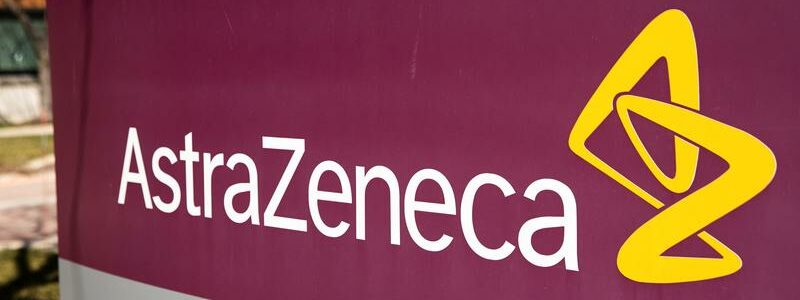
COVID-19 vaccine AstraZeneca roller-coaster ride
(Reuters) – AstraZeneca is due to publish up-to-date results from its major U.S. COVID-19 vaccine trial, after health officials publicly criticized it for using “outdated information” to show how well the immunization worked.
Here’s a look at the progress of the vaccine development to date since its inception.
JANUARY 2020:
A team involving Oxford Vaccine Group and Jenner Institute starts work on developing a vaccine to prevent COVID-19.
MARCH 2020:
Researchers at the Oxford University begin screening healthy volunteers, aged 18-55, for recruitment in the ChAdOx1 nCoV-19 vaccine trial in the Thames Valley Region.
APRIL 2020:
Human trials begin
AstraZeneca and Oxford join forces for development and potential large scale distribution of the vaccine candidate.
MAY 2020:
AstraZeneca and Oxford start recruiting volunteers for a much larger human trial in the UK.
JULY 2020:
Initial safety data released showed vaccine was safe and produced an immune response.
AUGUST 2020:
Vaccine candidate begins late-stage study in the United States.
SEPTEMBER 2020:
AstraZeneca suspends global trials due to an unexplained illness in a study participant.
AstraZeneca resumes UK trials.
Oxford/AstraZeneca begin submitting data to the UK regulator under a rolling review process.
OCTOBER 2020:
EU launches real-time review of the vaccine.
United States restarts trial, the last one to do so after other regions began resumption much earlier.
NOVEMBER 2020:
AstraZeneca confirms that the UK regulator has started an accelerated review of vaccine.
Interim late-stage data from UK, South Africa trials released:
The vaccine on average prevented 70% of COVID-19 cases in late-stage trials in Britain and Brazil.
The success rate rose to 90% in a group of trial participants who accidentally received a half dose followed by a full dose.
The efficacy was 62% if the full dose was given twice, as it was for most study participants.
DECEMBER 2020:
Britain approves shot in first for COVID-19 vaccines in the West. Regulators said that the higher efficacy seen in the half-dose/full-dose cohort was likely a result of a longer gap between doses, rather than the amount of vaccine given.
JANUARY 2021:
India approves Serum’s vaccine days later in early January.
Europe gives vaccine green light in late January.
FEBRUARY 2021:
The World Health Organisation gives the vaccine a go-ahead.
MARCH 2021:
AstraZeneca cut its first-quarter supply forecast to the EU due to export constraints.
Austria halts use of one batch of vaccine following reports of cases of blood clots in Nordic countries.
More than a dozen European countries, including Germany and France, followed suit and halted use of the vaccine.
European regulators and WHO back vaccine’s safety in mid-March.
In late March, interim data from late-stage trials in U.S., Peru, Chile shows vaccine is 79% effective.
The U.S. National Institute of Allergy and Infectious Diseases said the drugmaker may have included outdated information from the trial, providing an incomplete view of the efficacy data.
Source: Read Full Article